Optimal Seasons for Roof Mold Treatments
Roof mold treatments are most effective when applied during specific seasons that favor mold growth control and application conditions. The optimal time generally depends on climate, temperature, and humidity levels, which influence mold proliferation and treatment efficacy.
Winter is generally not recommended due to low temperatures and potential for freezing, which can hinder treatment effectiveness.
The best time for roof mold treatments is during dry, mild weather with temperatures between 50-85°F, ensuring proper adherence and drying.

Ways to make Roof Mold Treatments work in tight or awkward layouts.
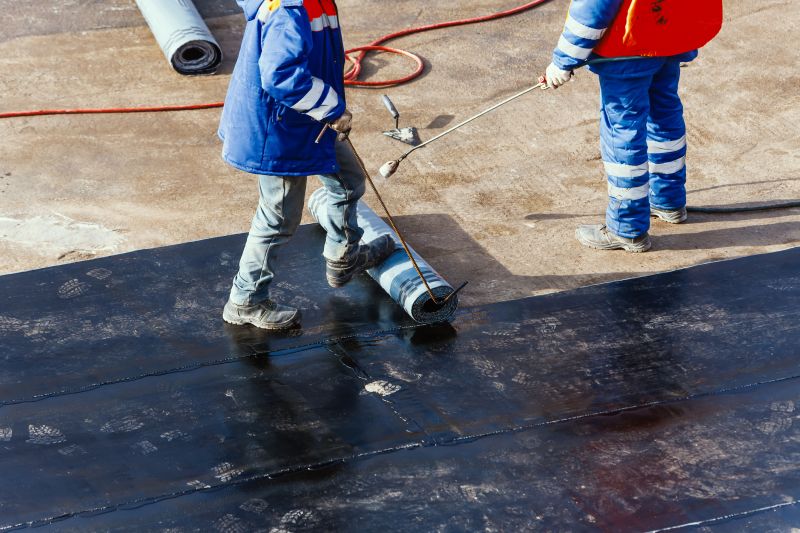
Popular materials for Roof Mold Treatments and why they hold up over time.

Simple add-ons that improve Roof Mold Treatments without blowing the budget.

High-end options that actually feel worth it for Roof Mold Treatments.
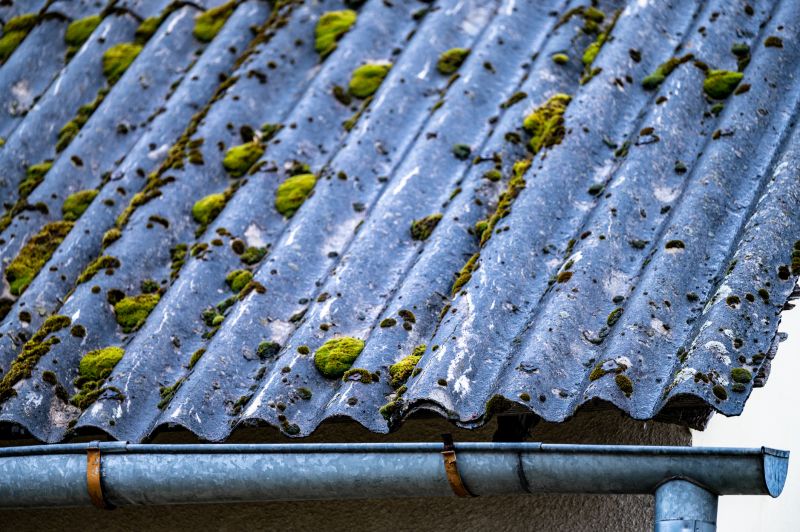
Finishes and colors that play nicely with Roof Mold Treatments.

Little measurements that prevent headaches on Roof Mold Treatments day.
Roof mold treatments involve applying specialized solutions to eliminate existing mold and prevent future growth. These treatments are essential for maintaining roof integrity, improving appearance, and reducing health risks associated with mold exposure. Proper timing enhances treatment effectiveness, ensuring that mold does not re-establish during favorable conditions. Statistics indicate that untreated mold can lead to roof deterioration and indoor air quality issues, emphasizing the importance of timely intervention.
Applying mold treatments during optimal seasons can significantly extend the lifespan of roofing materials and reduce maintenance costs. Regular inspections and treatments aligned with seasonal changes help manage mold growth proactively. Climate factors such as humidity, rainfall, and temperature fluctuations should be considered when scheduling treatments to maximize results.

A 60-second routine that keeps Roof Mold Treatments looking new.
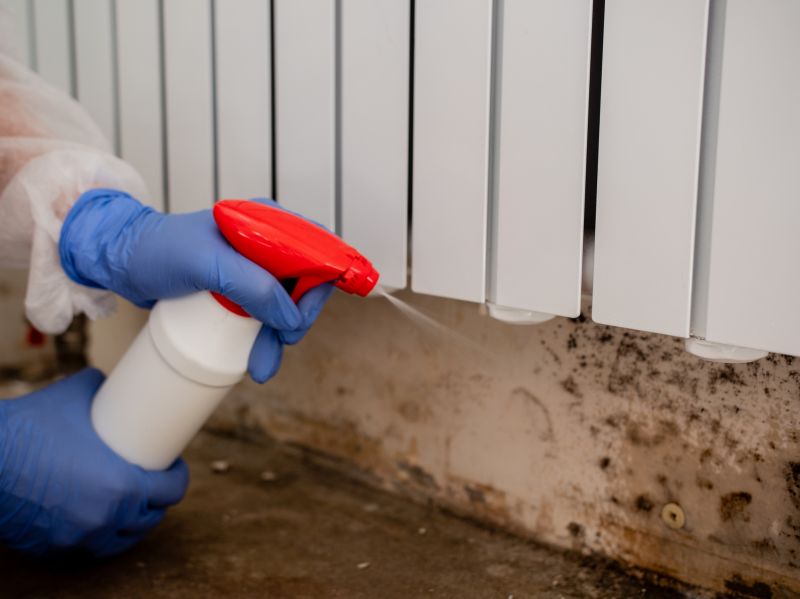
A frequent mistake in Roof Mold Treatments and how to dodge it.

Small tweaks to make Roof Mold Treatments safer and easier to use.

Lower-waste or water-saving choices for Roof Mold Treatments.
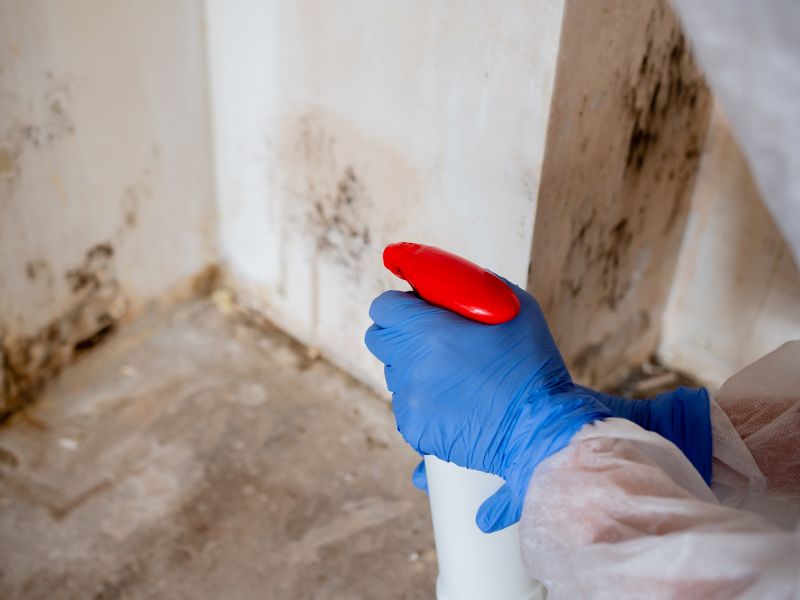
The short, realistic tool list for quality Roof Mold Treatments.
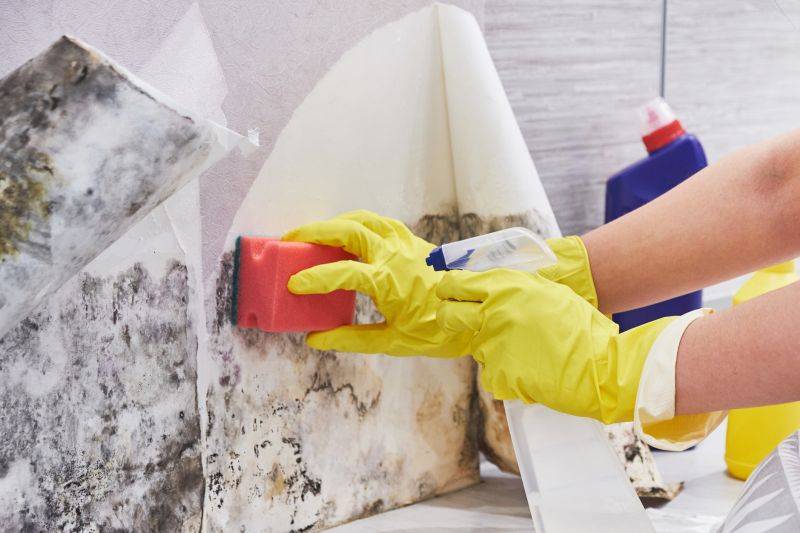
Rough timing from prep to clean-up for Roof Mold Treatments.

Quick checks and paperwork to keep after Roof Mold Treatments.

Examples that show the impact a good Roof Mold Treatments can make.
| Season | Recommended Conditions |
|---|---|
| Spring | Moderate temperatures, high humidity |
| Summer | Dry weather, temperatures below 85°F |
| Fall | Cool temperatures, increased moisture |
| Winter | Low temperatures, potential freezing |
| Ideal | 50-85°F, dry, mild weather |
Interested in scheduling a roof mold treatment? Filling out the contact form provides a convenient way to request more information or arrange an inspection. Timely treatment can help prevent mold-related damage and maintain roof durability.
